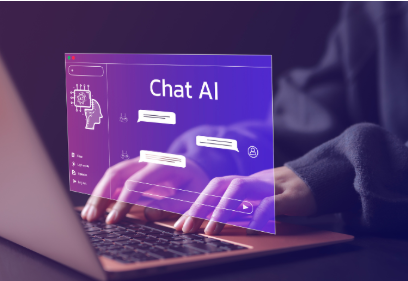In the ever-evolving landscape of education, the concept of personalized learning has gained significant traction. Thanks to the rise of big data, educators now have the tools to tailor learning experiences to the unique needs of each student. This approach not only enhances engagement but also improves learning outcomes across diverse classrooms.
What Is Personalized Learning?
Personalized learning refers to an educational method that adapts instruction based on individual learners’ strengths, needs, skills, and interests. Rather than a one-size-fits-all model, this method allows students to progress at their own pace and focus on areas where they need the most support.
How Big Data Makes Personalization Possible
Big data in education involves collecting and analyzing large sets of information related to student behavior, performance, and preferences. Learning platforms, assessment tools, and digital classrooms all contribute valuable data that can guide teaching strategies.
With the help of advanced analytics, educators can identify patterns such as:
Which concepts a student struggles with repeatedly
The types of content formats (video, interactive, reading) that work best for individual learners
When a student is most active or focused during the day
By interpreting this data, teachers and learning systems can adjust lesson plans in real time.
Benefits of Big Data in Personalized Learning
Targeted Support
Data helps highlight academic gaps early, allowing teachers to offer timely interventions before a student falls behind.Customized Learning Materials
Students receive resources tailored to their learning style, making education more effective and enjoyable.Progress Tracking
With visual dashboards and performance analytics, both students and parents can track progress toward learning goals.Increased Motivation
Personalized feedback and achievement milestones can keep students motivated and invested in their learning journey.
Challenges and Considerations
While the benefits are promising, leveraging big data in education also requires thoughtful implementation:
Data privacy must be protected, with clear guidelines on how student information is collected and stored.
Teacher training is essential so that educators can interpret data and apply it effectively.
Equity must be maintained to ensure all students benefit from personalized tools, regardless of their background or access to technology.
Looking Ahead
The integration of big data into education continues to evolve, creating smarter learning environments that adapt to the learner. As schools adopt more digital platforms, the potential for data-informed personalization grows stronger. By responsibly using data insights, educators can empower students to succeed on learning paths that feel uniquely their own.














